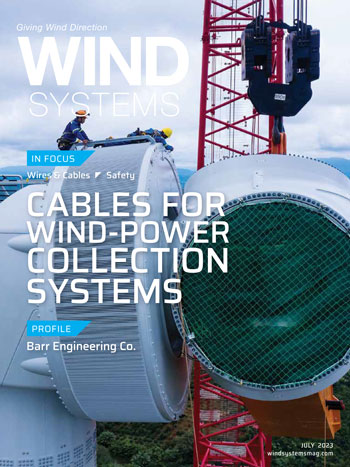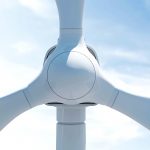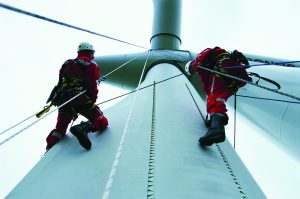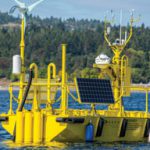Wind-turbine construction and demolition can be dangerous if proper safety measures are not taken. There are many hazards to be aware of, such as falls, electrical hazards, and heavy machinery operation, and steps that can be taken to ensure the safety of all involved. According to the Occupational Safety and Health Administration (OSHA), wind-turbine construction and demolition is a high-risk industry that requires strict adherence to safety standards.
To protect yourself and your employees from the potential hazards of wind-turbine construction and demolition, it is crucial to conduct a thorough risk assessment, train workers on the hazards, implement fall protection, properly maintain equipment, implement electrical safety measures, establish clear communication protocols, and have emergency procedures in place.
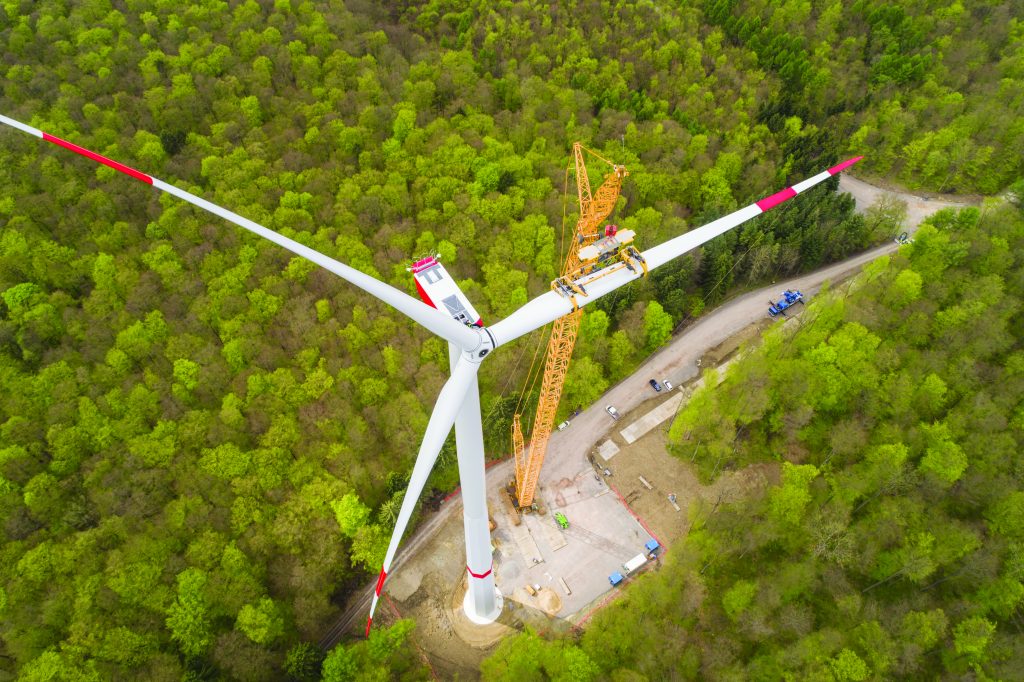
1 Conduct a thorough risk assessment
Before beginning any construction or demolition of wind turbines, it is crucial to conduct a thorough risk assessment. Identify the potential hazards, such as falls, electrical hazards, and heavy machinery operation, and determine the likelihood and severity of injury or harm. This will help to prioritize the risks and inform the development of a safety plan. A risk assessment will enable you to identify the hazards and assess the risks associated with the project. By identifying the hazards, you can take steps to eliminate or control them, which will help to ensure the safety of workers. It’s also essential to make sure the risk assessment is kept up to date, so that new hazards can be identified and addressed as soon as possible.
2 Train workers on the hazards
All workers involved in wind-turbine construction and demolition should be trained on the specific hazards of the job, including fall protection, electrical safety, and heavy-machinery operation. This training should be ongoing to ensure that workers are up-to-date on the latest safety guidelines and procedures. By providing training, employers can ensure workers have the knowledge and skills to work safely, and that they understand the risks associated with their work. This can help to reduce the likelihood of accidents and injuries.
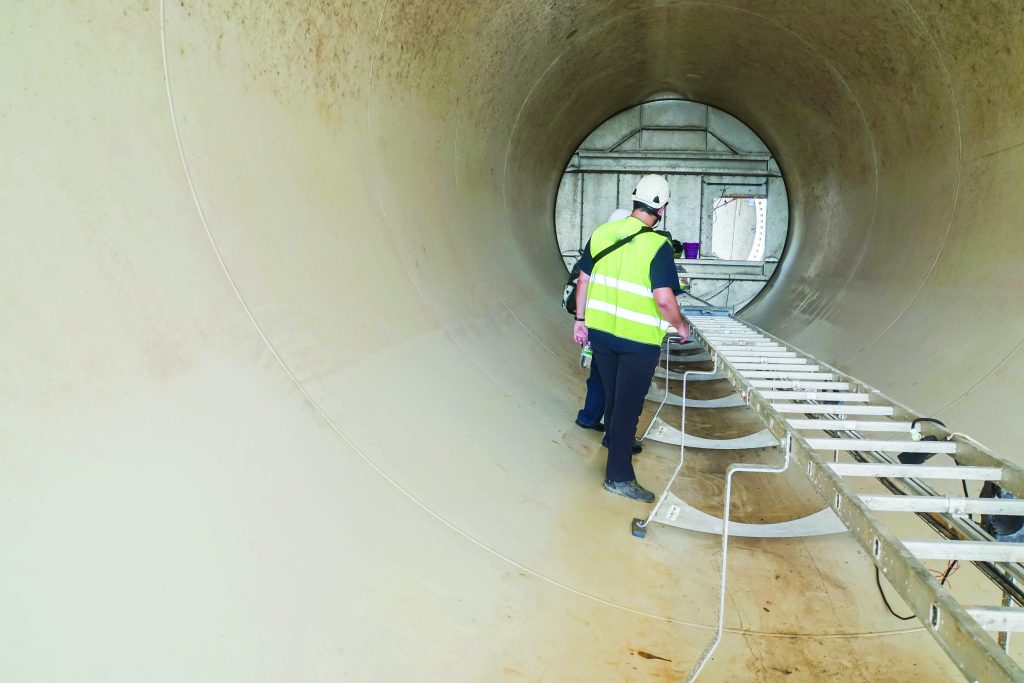
3 Implement fall protection
Falls are a leading cause of injury in the wind-energy industry. To prevent falls, workers should be provided with proper fall protection equipment, such as harnesses and lanyards, and be trained on how to use it properly. Additionally, guardrails, safety nets, and other fall protection systems should be installed at heights where falls are a risk. Fall protection is crucial because falls are one of the leading causes of injuries and fatalities in the construction industry. By implementing proper fall protection, employers can help to keep workers safe and reduce the risk of injury.
4 Properly maintain equipment
Heavy machinery is a common hazard in wind-turbine construction and demolition, which is why it is important to ensure all equipment is properly maintained. Regular inspections, testing, and maintenance of equipment can help to identify and fix any issues before they become a problem. This will also help to ensure equipment is functioning correctly and safely. Employers should also establish procedures for the safe operation and maintenance of equipment and ensure workers are trained on these procedures. By properly maintaining equipment, employers can reduce the risk of equipment failure, which can lead to serious accidents and injuries.
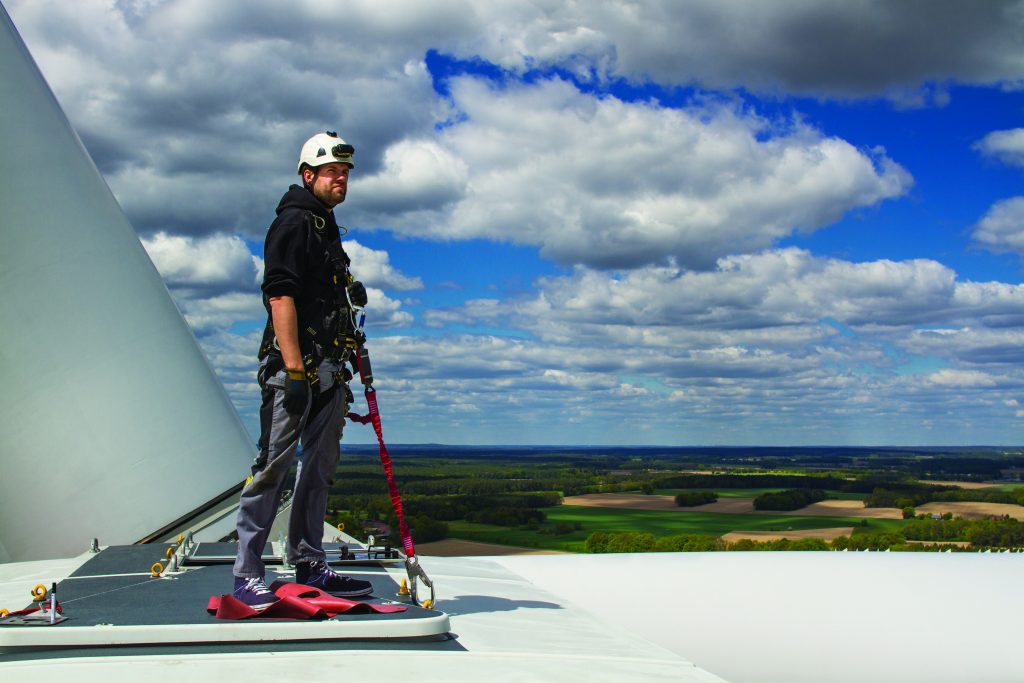
5 Implement electrical safety measures
Electricity is another major hazard in wind-turbine construction and demolition. To protect workers from electrical hazards, employers should ensure all electrical equipment is properly grounded, and electrical panels, switches, and wiring are in good working condition. They should also implement lockout/tagout procedures to prevent accidental start-up of machinery during maintenance or repair. Additionally, workers should be trained on electrical-safety procedures and the proper use of electrical equipment. By implementing electrical-safety measures, employers can help reduce the risk of electrocution and electrical fires.
6 Establish clear communication protocols
Clear communication is essential for safety on any construction site, especially when working with heavy machinery. Employers should establish clear communication protocols, such as hand signals, to ensure workers can communicate effectively with each other and with equipment operators. This will help to prevent accidents and injuries caused by miscommunication. Additionally, employers should establish procedures for emergency communication, such as an emergency alarm system, to ensure workers can be quickly and effectively alerted in case of an emergency.
7 Have emergency procedures in place
Emergencies can happen at any time, and it is important for employers to have emergency procedures in place to protect workers in case of an emergency. This should include emergency evacuation plans, procedures for shutting down equipment, and emergency response teams. Employers should also conduct regular emergency drills to ensure workers are familiar with emergency procedures and know how to respond in case of an emergency. This will help to ensure workers are prepared and can respond quickly and effectively in case of an emergency.
8 Provide adequate PPE
Personal protective equipment (PPE) is essential for protecting workers from a variety of hazards, including falls, falling objects, electrical hazards, and more. Employers should ensure workers are provided with adequate PPE, such as hard hats, safety goggles, harnesses, and fall protection equipment. Workers should also be trained on how to properly use and maintain PPE. By providing adequate PPE and training workers on its use, employers can help to reduce the risk of accidents and injuries on the job.
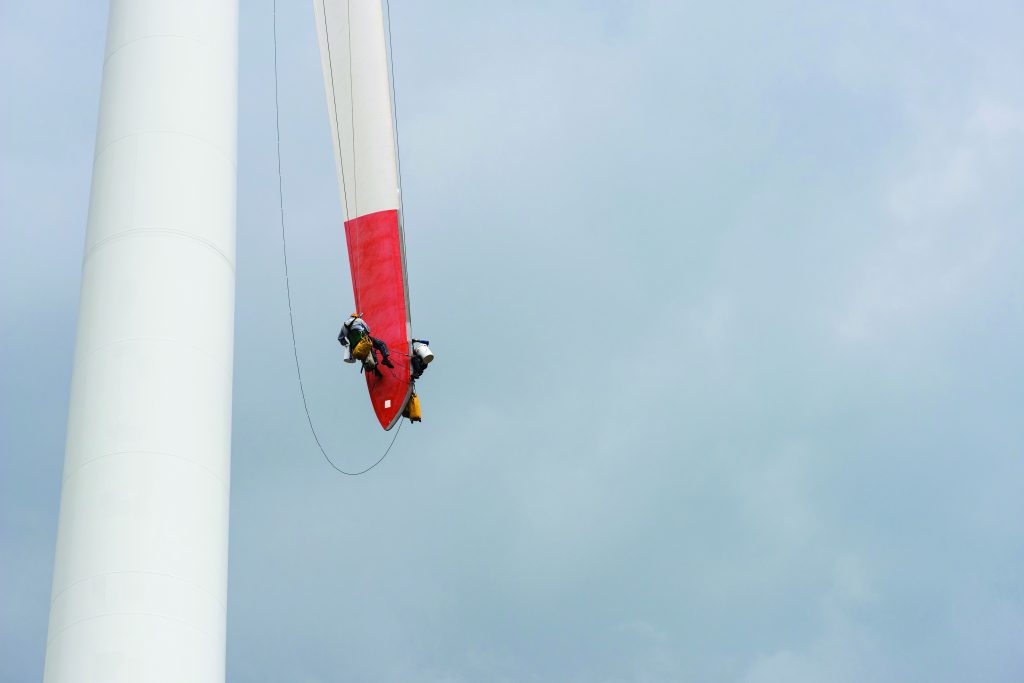
9 Train workers on fall protection
Falls are one of the leading causes of injuries and fatalities in the construction industry, and they are especially hazardous in wind-turbine construction and demolition. Employers should provide workers with fall protection equipment and train them on how to properly use it. They should also establish procedures for working at heights and have a fall-protection plan in place. Additionally, employers should conduct regular inspections of fall-protection equipment to ensure it is in good working condition. By training workers on fall protection and implementing fall protection measures, employers can help to reduce the risk of falls and fall-related injuries.
10 Regularly review safety procedures
Safety procedures should be regularly reviewed and updated to ensure they are effective in protecting workers. Employers should conduct regular safety audits, incident investigations, and safety meetings to identify hazards, review procedures, and make any necessary changes. By regularly reviewing and updating safety procedures, employers can help identify and eliminate hazards and ensure workers are protected from harm.
In conclusion, wind-turbine construction and demolition are inherently hazardous operations that require a high level of safety and caution. By following these 10 tips, employers can help to protect workers from a variety of hazards and reduce the risk of accidents and injuries on the job. These tips include conducting regular safety audits, providing training on fall protection, establishing emergency procedures, and providing adequate PPE. By implementing these safety measures, employers can create a safer and more secure working environment for their workers.
It is crucial to remember that safety is a shared responsibility between employers and employees. Employers must provide the necessary resources and training, while employees must be willing to work safely, use the provided resources, and follow established procedures.
Together, employers and employees can work toward a common goal of maintaining a safe work environment and ensuring the well-being of all workers. By taking a proactive approach to safety, employers can help ensure wind-turbine construction and demolition projects are completed safely and efficiently.
















